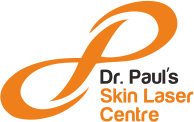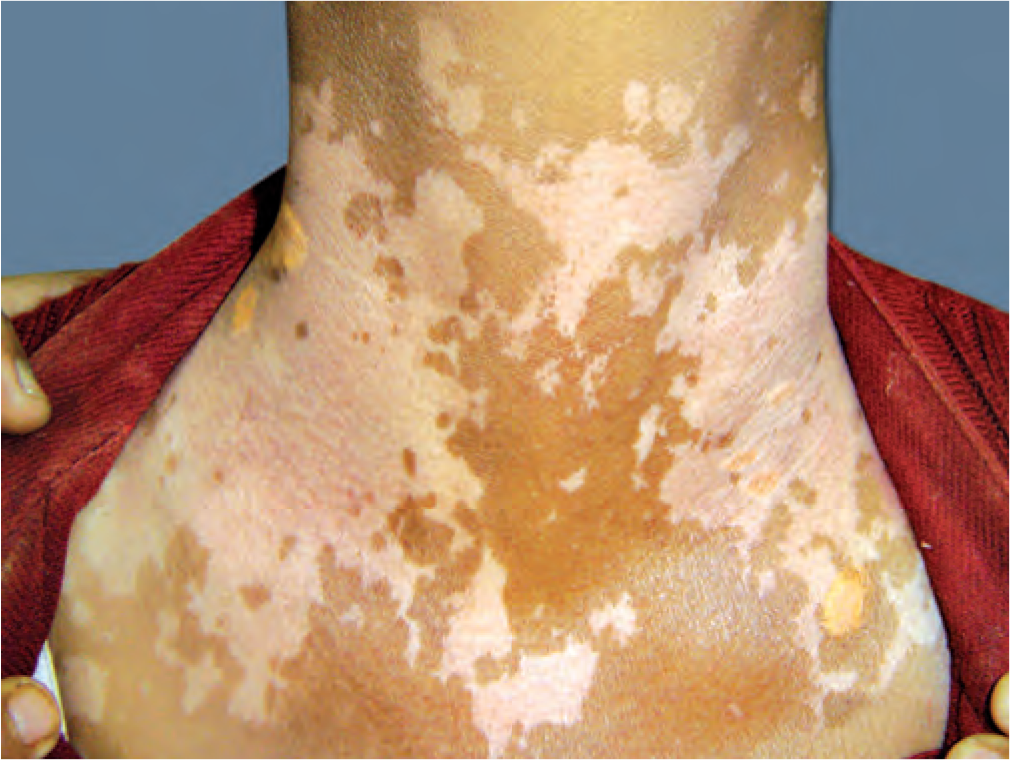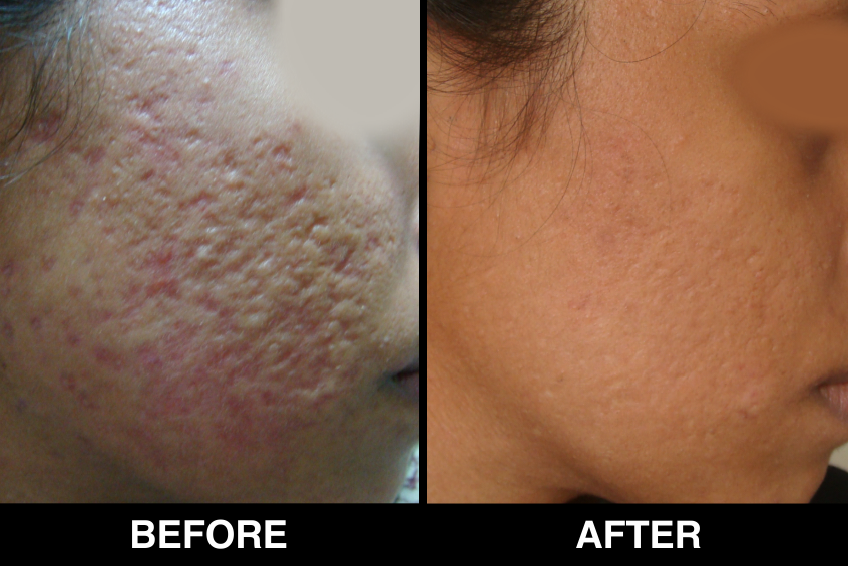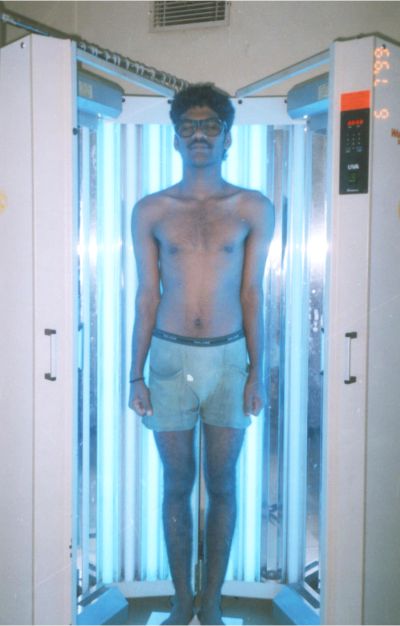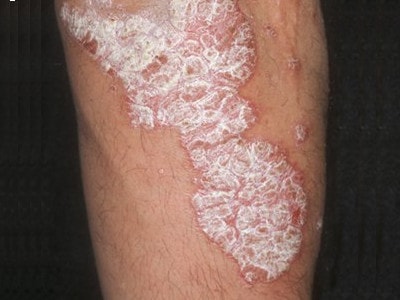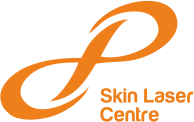Keloids
Keloid scars are shiny, hairless, hard and rubbery scars that grow beyond the wound into the healthy skin. Though they appear large, they are not contagious or cancerous.
When there is a cut, bite, scratch, burn, or acne, the body produces a structural protein called collagen which forms a scar. The scar pales off after some time as the wound heals. But some scars grow further invading healthy skin and becomes bigger than the original wound. These are known as keloid scars. Keloids take three months or even years to develop.
Causes of Keloid Scars :
Keloid scars are elevated surfaces of extra collagen that occur after skin injuries. Hence, any kind of injury to the skin might cause a keloid scar.
Keloids are most common in individuals of the age 10-20 years, and are mostly seen in African Americans, Asians, and Hispanics. They usually occur in darker-skinned individuals. Below are some of the pre-disposing events prior to a keloid scar:
- Acne
- Burns
- Chickenpox
- Vaccination
- Ear piercing
- Tattooing
- Cuts from surgery or trauma
Laser Keloid Scar Treatment:
Get rid of the ugly Keloids with the expertise of our experienced doctors! Skinlasercentre offers laser keloid scar treatment. A keloid scar is one in which there is overgrowth of dense fibrous tissue. This usually develops after the injury has healed. It extends beyond the borders of the original wound.
Types of Lasers Treatments for Keloids :
There are many kinds of laser treatments for treating keloids. The most common ones include:
- Carbon Dioxide (Co2 ) Laser: If you have lighter skin CO2 laser may work well for you. In this method light beams are passed through the skin at a very high rate either using a scattered or a pulsed method. It minimizes the heat damage that is caused to the skin. For deeper tissue removal a more powerful CO2 laser needs to be used. Apart from treating keloids, this will also tighten your skin and rejuvenate the same by stimulating the production of collagen. The recovery time required is about two weeks here. Multiple sessions may be required depending upon your skin type and condition of your keloids. These will ensure the results will last longer without harming your skin in any way.
- Pulsed-Dye Laser: Pulsed-dye laser makes use of an organic dye such as rhodamine, fluorescein, coumarin, stilbene, umbelliferone, tetracene or malachite green mixed in a solvent, which could be water, glycol, ethanol, methanol, hexane, cyclohexane or cyclodextrin. A high beam light is then used to pump this liquid so as to emit stimulated radiation. The light thus emitted is absorbed by the skin and converted into thermal energy, which kills the affected tissues, thereby healing the skin. A topical anesthetic is generally used to reduce the pain experienced during the treatment.
Although keloids are not harmful to your health, they may present cosmetic concerns.
When skin is injured, fibrous tissue (called scar tissue) forms over the wound to repair and protect the injury. In some cases, scar tissue grows excessively, forming smooth, hard growths called keloids. Keloids can be much larger than the original wound, and are most commonly found on the upper chest and shoulders. However, keloids can affect any part of the body.
Keloids/Cyrotherapy FAQ’s
A hypertrophic scar is also raised. However these types of scars remain within the area of the original wound. Keloid scars tend to expand past these boundaries
If you tend to get keloids, it's best to avoid body piercings, tattoos, or any grafting you do not need. Keloids can grow after these procedures.
To prevent keloids after a minor skin injury, start treating it right away. This may help it heal faster and with less scarring. Using the following tips to treat the area may help prevent keloid growth.
- Cover a new wound with a thin layer of petroleum jelly, such as Vaseline, and a nonstick bandage. Hold the bandage in place with tape so that there is even pressure on the wound. Wash the area with soap and water every day.
- After a wound is healed over, use a silicone gel bandage. Keep even pressure on the area. This may prevent keloid growth. Keep the bandage on the skin for 12 to 24 hours a day for 2 to 3 months. (It takes 3 months for a keloid to grow).
After ear piercing, use pressure earrings. These are also called Zimmer splints.
Keloids look like firm, raised, hard scars. They grow larger over time. Their colors vary from slightly pink to very dark.
Keloids can rub against your clothes and become irritated, itchy, or painful. When exposed to the sun, they may turn darker than the rest of your skin. The dark color may stay
Keloid scars are associated with a genetic predisposition. They often result from skin wounds. However they can also develop spontaneously.
Doctors do not understand exactly why keloids form in certain people or situations and not in others. Changes in the cellular signals that control growth and proliferation may be related to the process of keloid formation, but these changes have not yet been characterized scientifically.
Keloids can be considered to be "scars that don't know when to stop." A keloid, sometimes referred to as a keloid scar, is a tough heaped-up scar that rises quite abruptly above the rest of the skin. It usually has a smooth top and a pink or purple color. Keloids are irregularly shaped and tend to enlarge progressively. Unlike scars, keloids do not subside over time.
Book An Appointment






